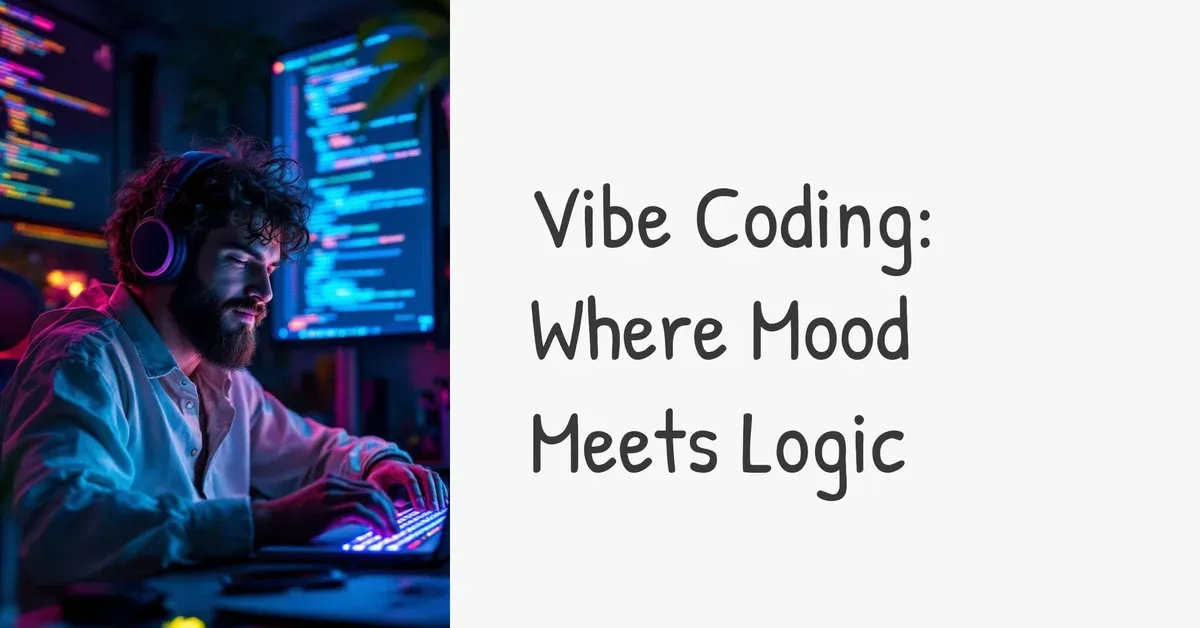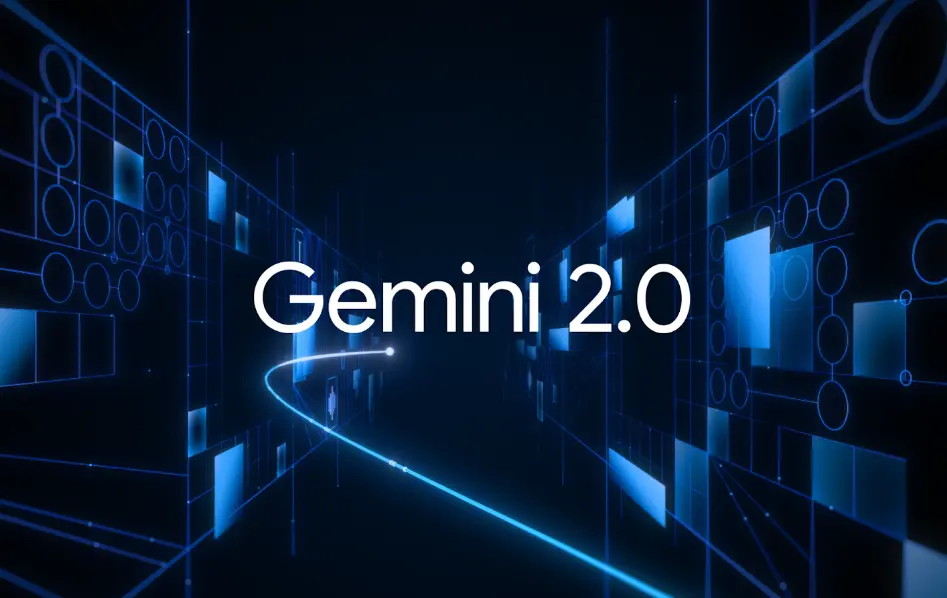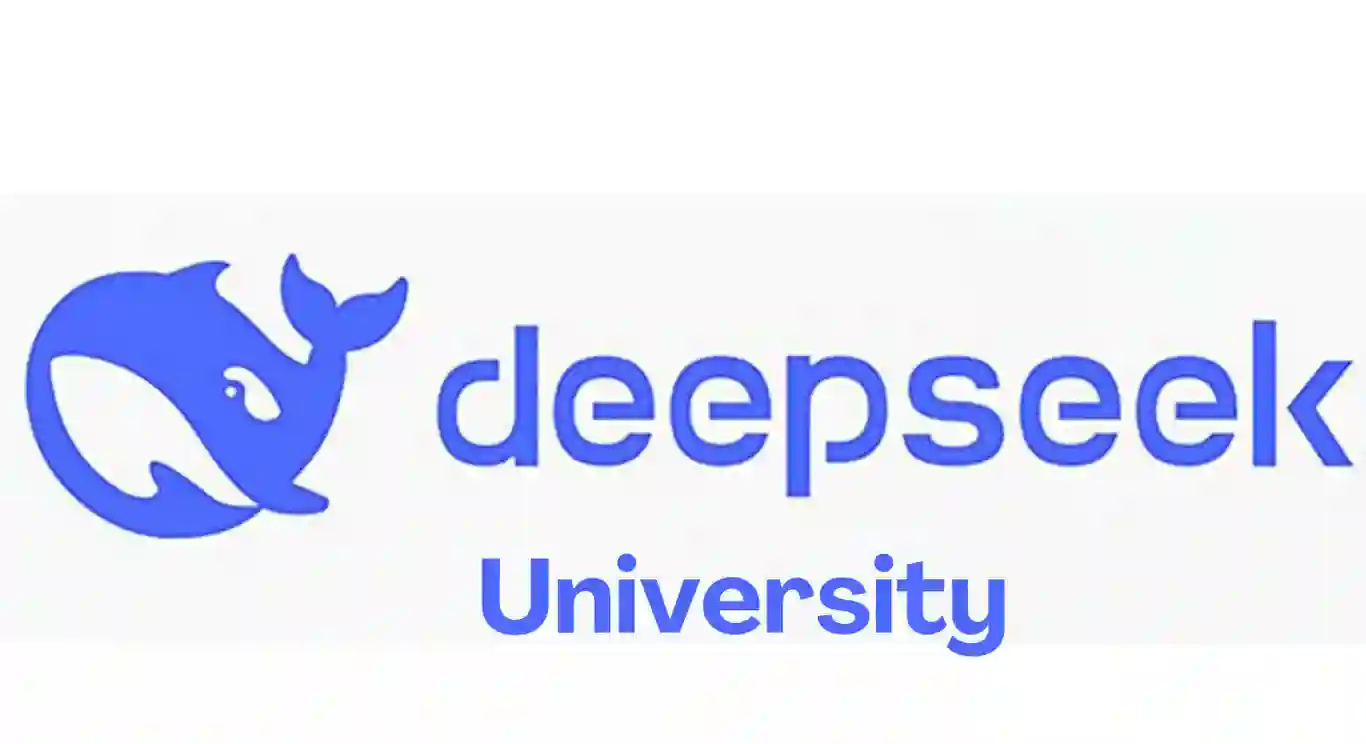Vibe Coding and AI Tools
Vibe Coding is a new approach to software development that uses artificial intelligence tools to automatically generate code. Key tools include Cursor Composer, Replit, Sonnet, and SuperWhisper. While it facilitates work, it does not replace the need for technical skills.

Vibe Coding is a new approach to software development, introduced by Andrej Karpathy, an artificial intelligence expert and former AI lead at Tesla. This method relies on the use of artificial intelligence tools, allowing developers to interact with the AI instead of writing code directly. The user-provided instructions are automatically transformed into code, making the development process simpler and faster.
Among the most well-known tools for Vibe Coding are Cursor Composer, Replit, Sonnet, and SuperWhisper.
Cursor Composer allows for automatic code generation. The user describes what they want to achieve, and the tool converts these instructions into usable code. It is accessible at cursor.so.
Replit is an online development environment that facilitates writing, executing, and sharing code. Thanks to its integrated artificial intelligence, it offers suggestions and helps quickly correct errors, and it is available at replit.com.
Sonnet, developed by Anthropic, is also known as Claude 3.7 Sonnet. It uses advanced language models to assist developers in writing code. Users can communicate with Sonnet using simple phrases, and the system translates these requests into code. Sonnet is accessible at claude.ai.
SuperWhisper is an AI tool specialized in converting voice instructions into written code. Developers can describe their projects verbally, and SuperWhisper transforms them into functioning code. It is ideal for those who prefer to communicate orally and is found at superwhisper.com.
Vibe Coding is gaining popularity due to the rapid improvements in LLMs (Large Language Models). These models can effectively handle complex tasks, allowing developers to save time and reduce stress, especially for smaller projects. However, it is important to clarify that Vibe Coding does not eliminate the need to know code. It is particularly useful for rapid prototyping and creative projects, but developing professional software requires solid technical skills. Knowledge of code remains essential to ensure quality and security in software.
In conclusion, Vibe Coding represents a significant innovation in the field of software development. It is a fun and versatile method, suitable for many creative applications. However, it does not replace traditional technical skills, which continue to be indispensable for success in the software development sector.




